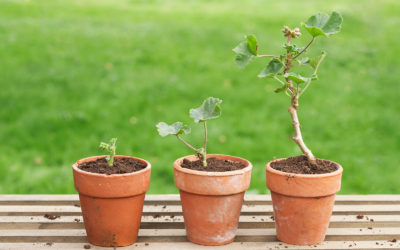We’ll cover a few important things in this article:
- How to detect infestation early
- Steps on how to rid your plant of Spider Mites
- Tips on preventative care.
- Spider Mites often cause yellow or brown spots to appear on the leaves.
- You should also be able to see small white specs that sometimes look like dust – these are the eggs and they are most often encased in barely visible protective webbing.
- They tend to attack the bottoms of the leaves first so make sure to check there when trying to diagnose.

Step 1. Thoroughly hose down your plant. The water pressure will knock off most of the mites and eggs.

Step 2. Use an organic insecticidal oil such as Neem Oil (you should be able to find this at your local nursery or hardware store) and spray down the entire plant, especially the underside of the leaves.

Step 3. To be even more certain you have rid your plant of Spider Mites, wipe down the leaves with sponges after spraying. Use a sponge on the front and back of the leaves. Spider Mites spread quickly so repeat these steps once per week for one month to make sure you got them all.
Spraying your plants with Neem Oil can be used as a preventive measure in making sure your healthy plants don’t get bugs. It’s non-toxic and can be used indoors.
Good Luck! Contact us if you have any questions, and definitely don’t forget to let us know how well this technique worked for you.
Want new articles before they get published?
Subscribe to the IN-HOUSE GREENS newsletter.
5 Steps for Repotting your Indoor Plants
Contact Lisa One of the most commonly asked questions that we get at In-House Greens is, How do I repot my houseplant? So we decided to put together a little tutorial with pictures to help you pot-up your container plants. We'll cover everything you need to know,...



